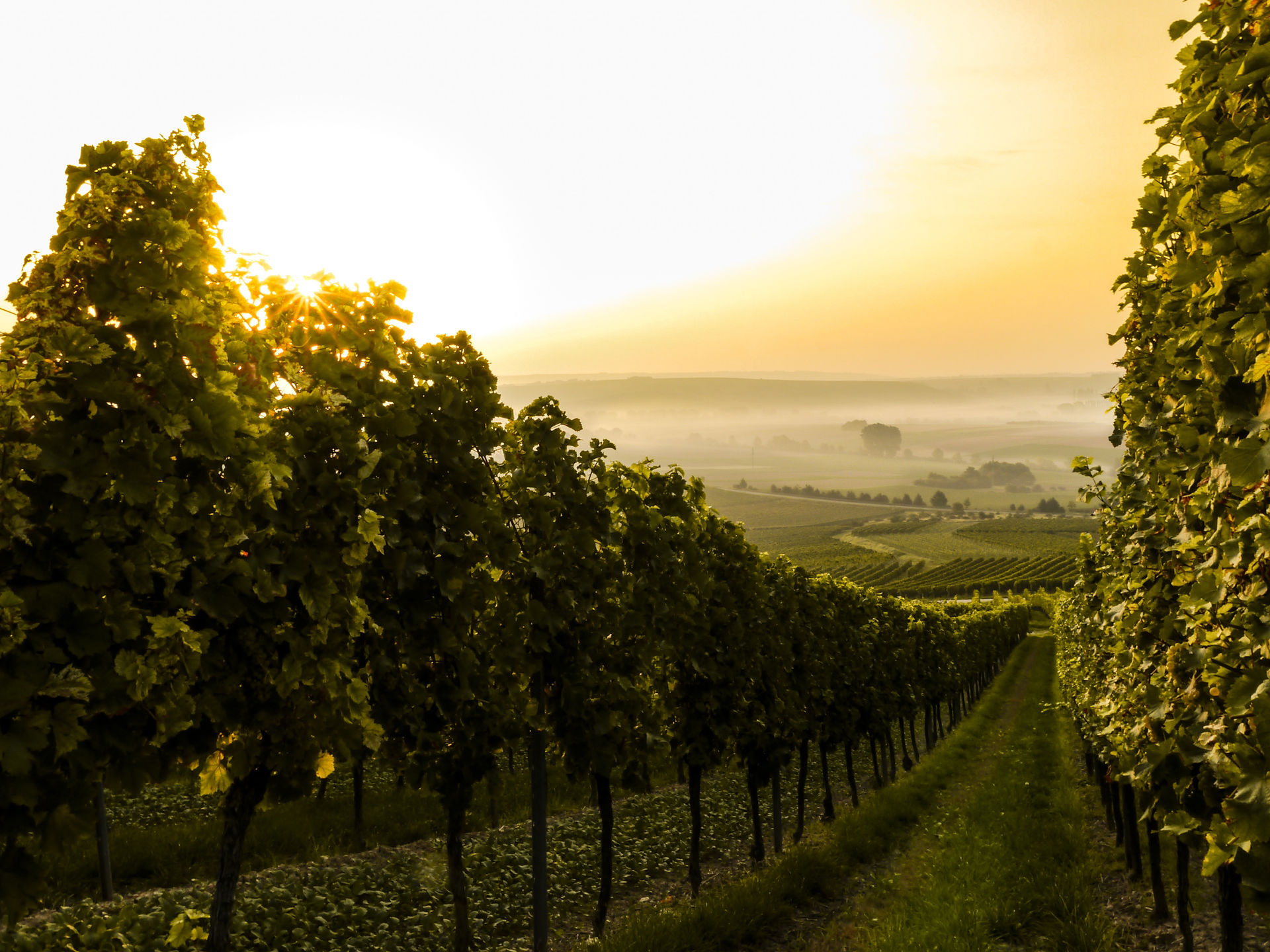Welcome To Beaujolais
- Deanna Lowe

- Feb 15, 2022
- 3 min read
Learn about the Beaujolais region and wine, my review of 2 Beaujolais,
and recommended food pairings.

Happy 2-year blog-iverssary Wineisseur! My wine adventure started in February 2020 when I started this blog, and I’m so glad that I made the commitment to continue this blog. I’ve made a goal this year to educate my audience on wine regions, so they can make more informed buying decisions. Today, I’m kicking off with the Beaujolais region. Beaujolais is situated in Rhône (eastern France), north of Lyon. It’s not just the name of the region, but also the name of the wine, which is common for wines from Old World Wine Countries like France, Italy, Spain, and Germany. If you’re unsure what Old World Wine is, it describes wines made in Europe from countries with a long history in winemaking. The majority of wine varieties originate from and where a lot of wine culture and traditions come from. New World Wine Countries like the USA, Canada, Australia and South Africa borrowed traditions, winemaking techniques, and planted cloned vines from the Old World and made it their own.
Getting deeper into Beaujolais, it’s made from Gamay, a black grape variety with thin skins and low tannins. Beaujolais is an elegant wine with red fruit flavours, high acidity, and low body. This region is under the France Appellation d'Origine Protégée (AOP) meaning that it is a certified geographic indication and protected designation of origin – simply, you’re guaranteed that Beaujolais wine is from the Beaujolais region. This region is known to have moderate temperatures, which is perfect for a thin-skinned grape like Gamay, which is more delicate and sensitive to more extreme weather. As well, this region’s terrain includes hills and slopes, allowing the grapes to have more exposure to sunlight.

Recently, I tried 2 Beaujolais, 1 from George Debeouf for $15 and the other from Christophe Coquard 69 for $30. I found this variety is comparable to Pinot Noir. It has a bit more body but contains fewer oak notes and tannins than a Pinot Noir. Now here’s my review of the 2 wines, plus food pairing recommendations.

I found this wine at a local wine store called Liberty Wine Merchants in Granville Island. It was definitely a unique find; elegant, rounded and red fruits are the best way to describe it. In detail, this wine had a deep ruby colour and soft aromas of ripe red fruits. It’s a dry wine with a light, medium-ish body, high acidity, medium alcohol, and medium finish with low tannins. The flavours were delicate, not bursting, primarily ripe red and black fruit – red and black cherries, raspberries, and some black currant. There were slight hints of oak but were hardly noticeable. Overall, this wine was good quality and I'd highly recommend anyone to try it.

This wine was on sale, and it received 90 pts from James Suckling, an internationally acclaimed wine critic, so I was happy to try it. However, this wine was a bit disappointing because it was unbalanced with the awfully high acidity and light flavours. In detail, it has a medium ruby colour and a light aroma of raspberries and cherries. This wine carries a light body with a smooth mouthfeel, dry sweetness, soft finish and hardly any tannins. The alcohol content is 12.3%, which is standard for low-bodied red wines, and it has notes of ripe red fruit – raspberries, cherries, and cranberries with some hints of oak. Unfortunately, I find the very high acidity off-putting with these characteristics since they’re so delicate while the acidity makes the wine harsh. Overall, this was not a good quality wine since I found the combination of low body and soft notes with high acidity off-putting. Perhaps I had higher expectations for this wine since it received a high rating from James Suckling, but I can definitely say that this wine did not make it to the “I want to buy again" list.
Food Pairing Recommendations

Both times, I paired my Beaujolais with a steak dish with mushroom, caramelized onion and potatoes. This was definitely a great match! Another time, I paired my wine with stir-fry ramen and salted peppered spareribs, which definitely caused a clash of flavours with the high saltiness meal overriding the delicate notes of the wine. In the future, I’d stick with a French cuisine food pairing like jambon, roasted turkey or chicken, and beef tartare. When you’re in doubt about what food to pair with your wine, you can’t go wrong with matching the cuisine with the origin of the wine.




Comments